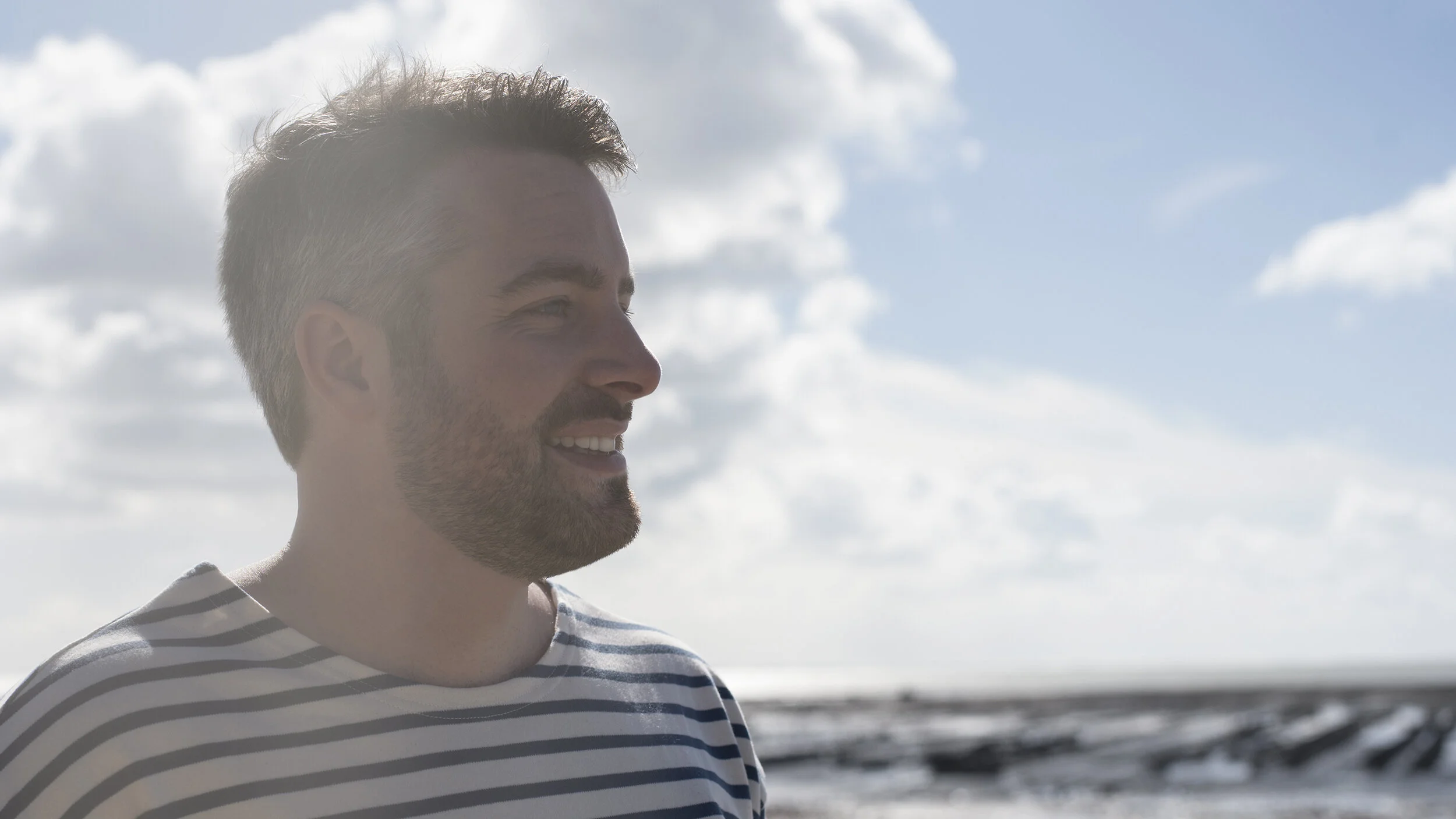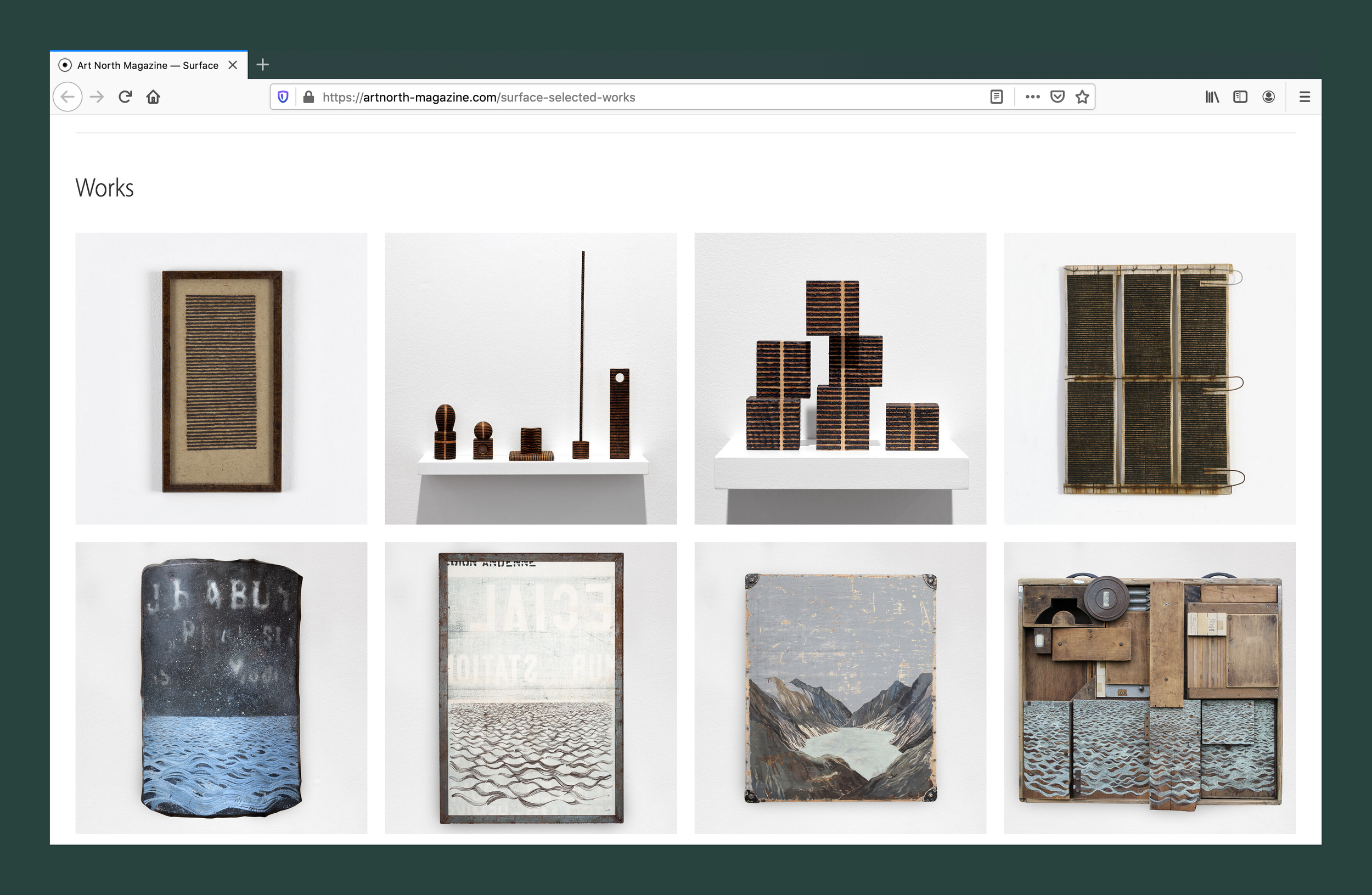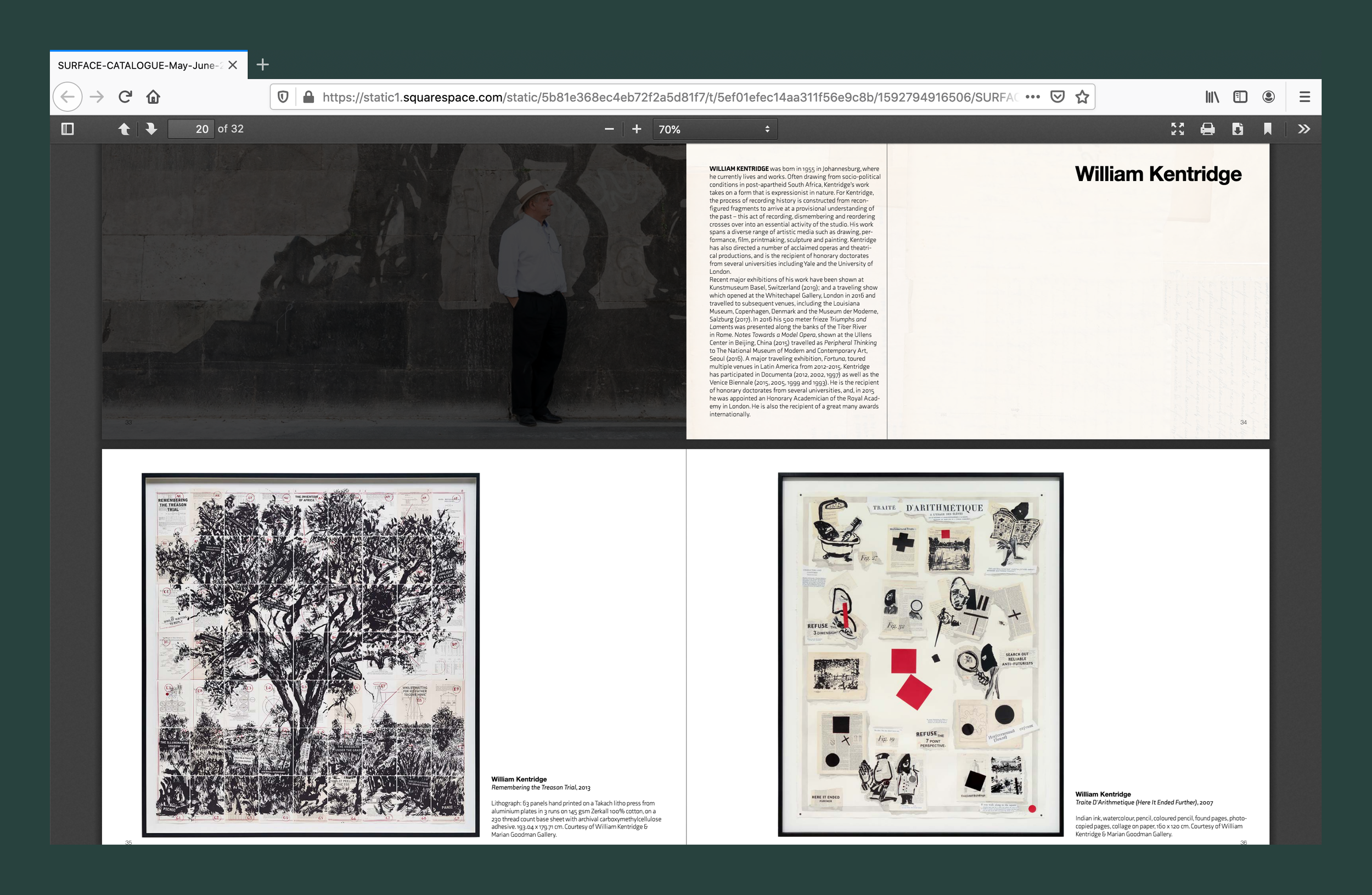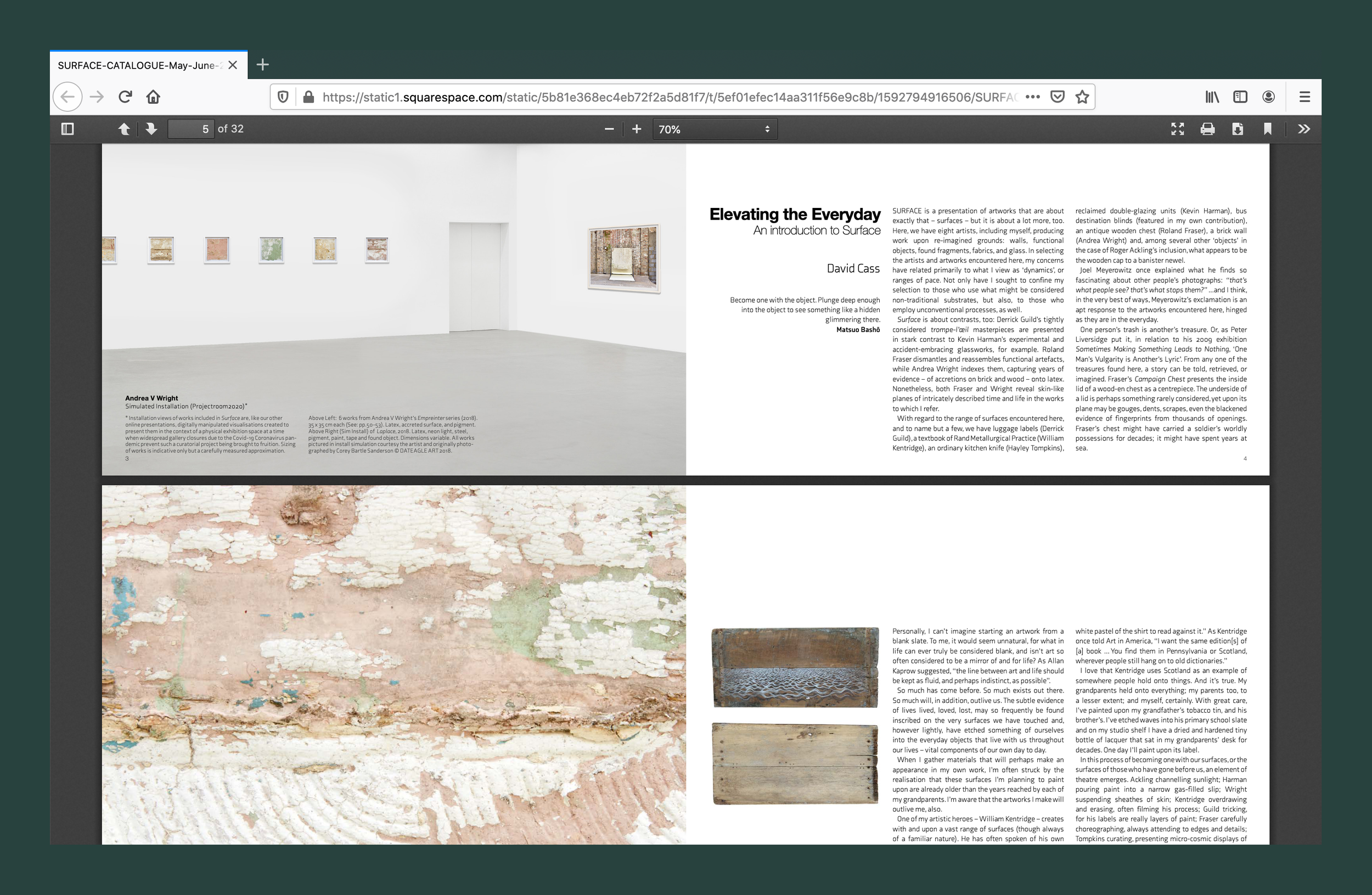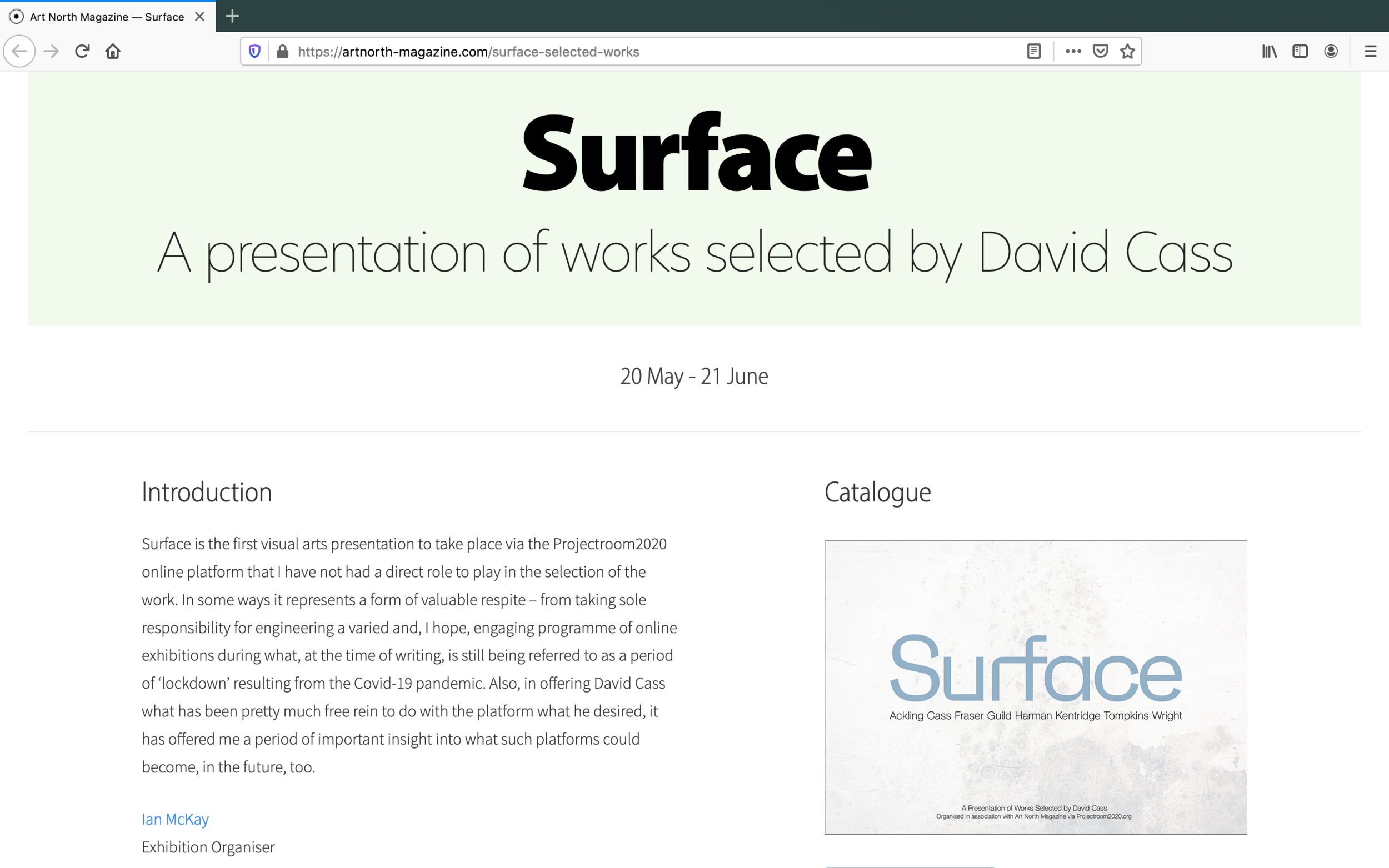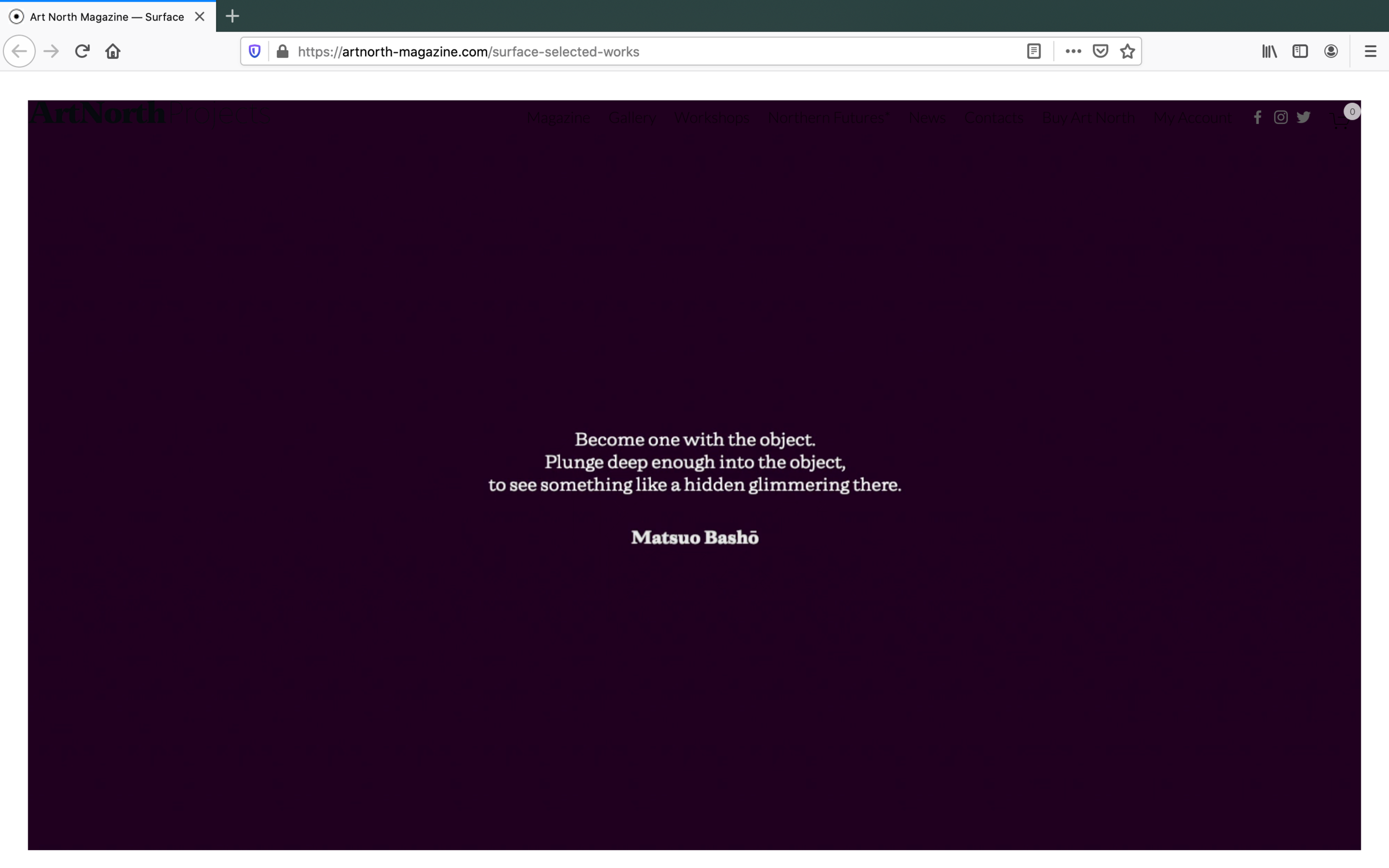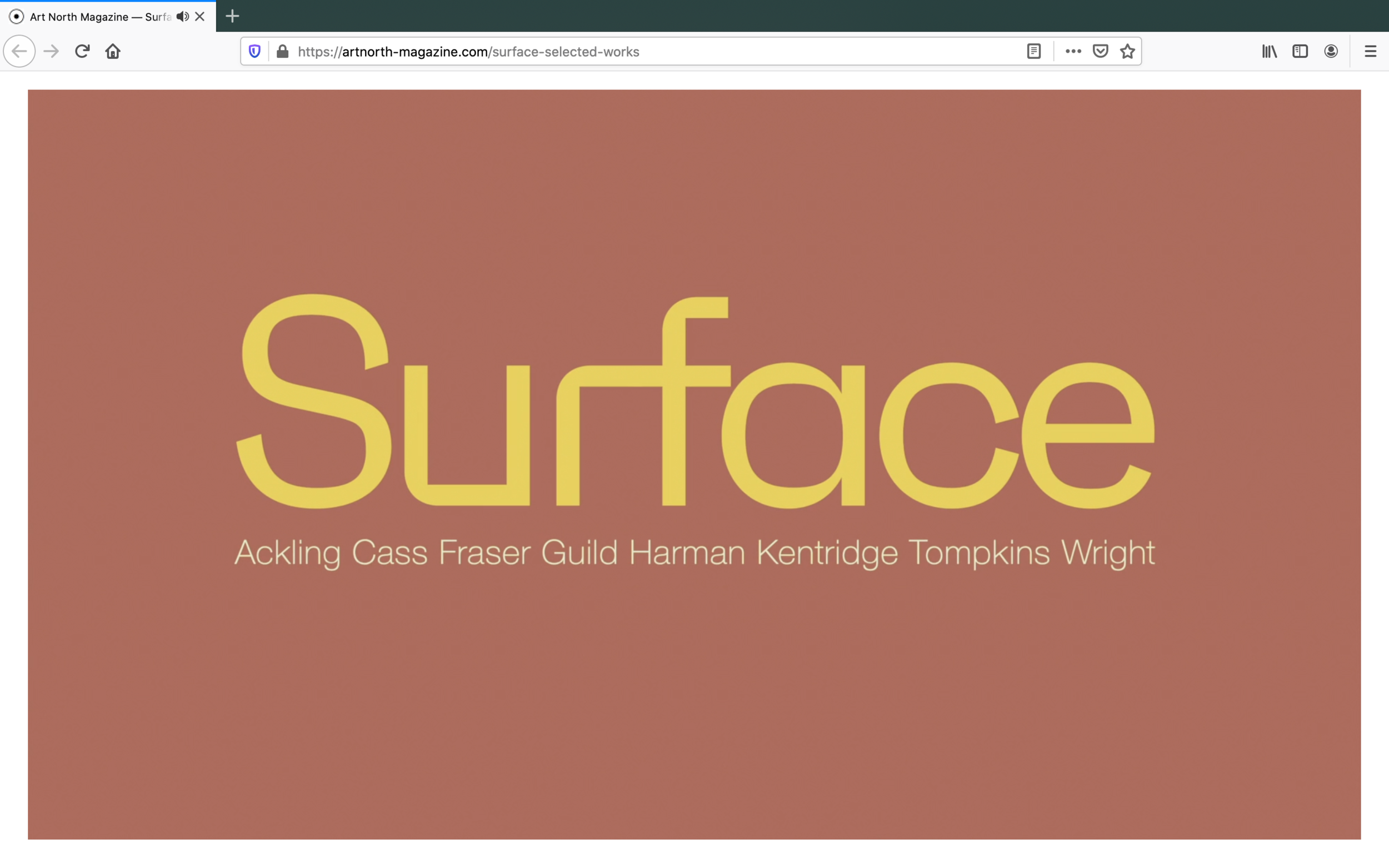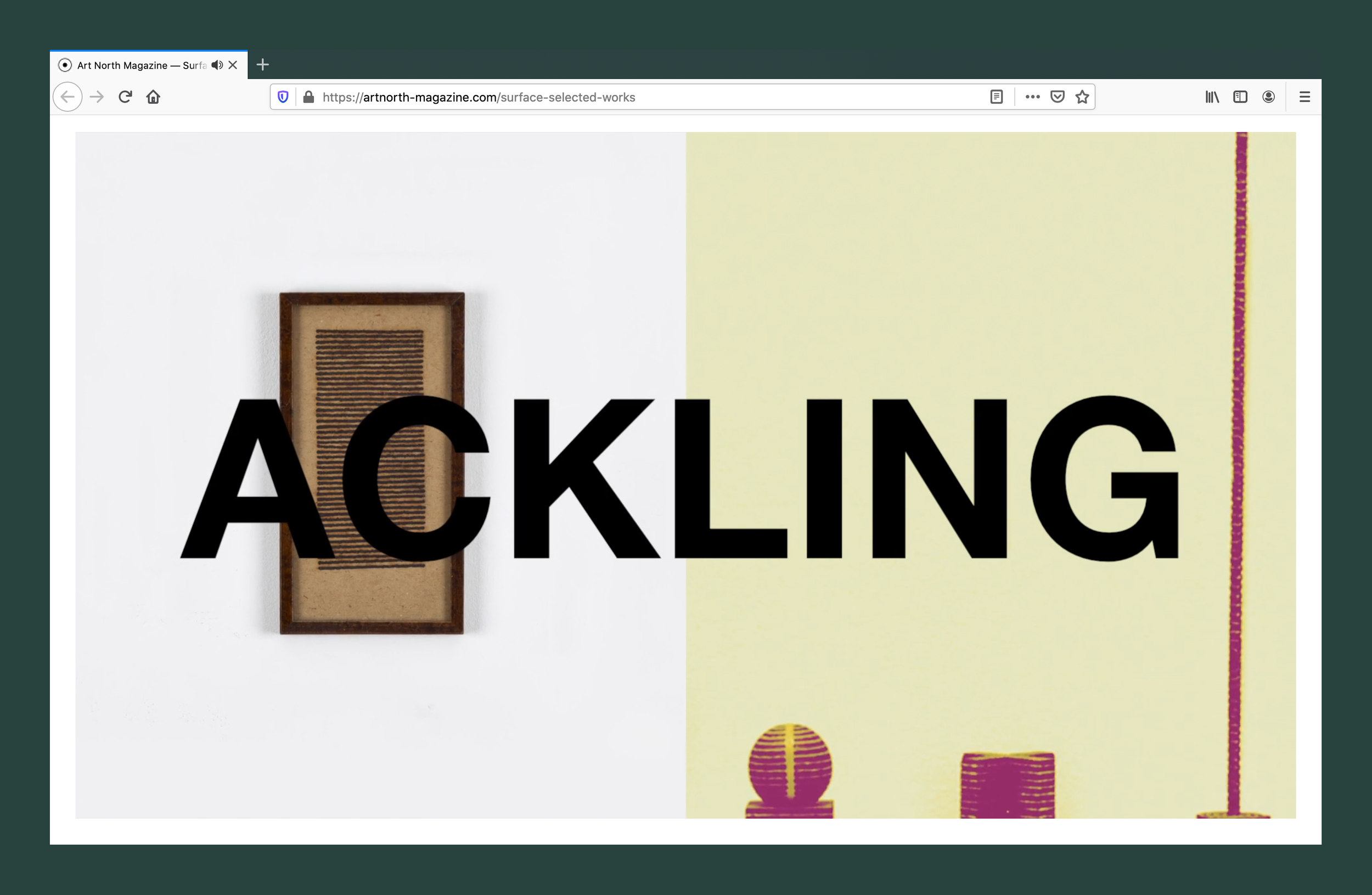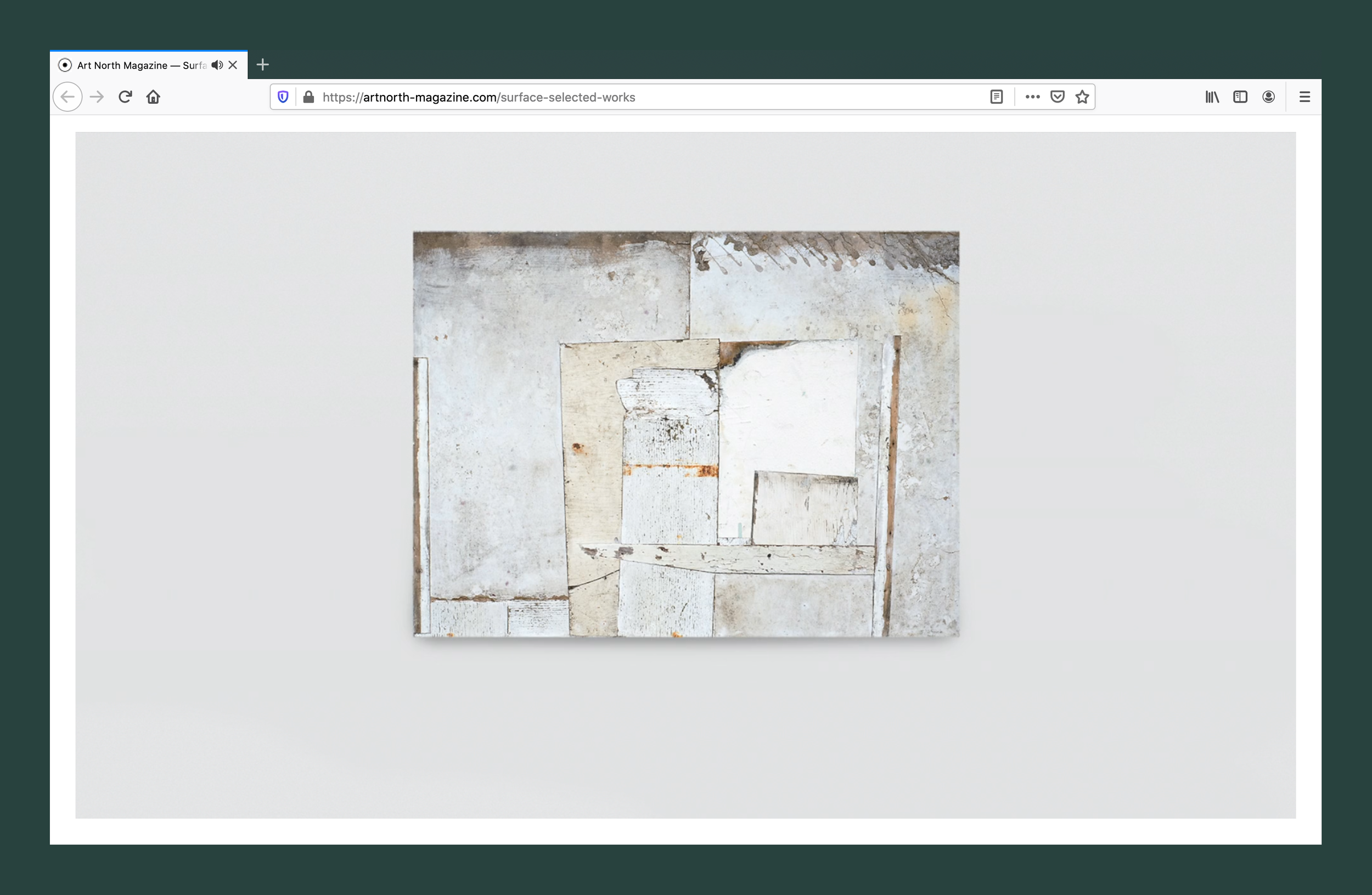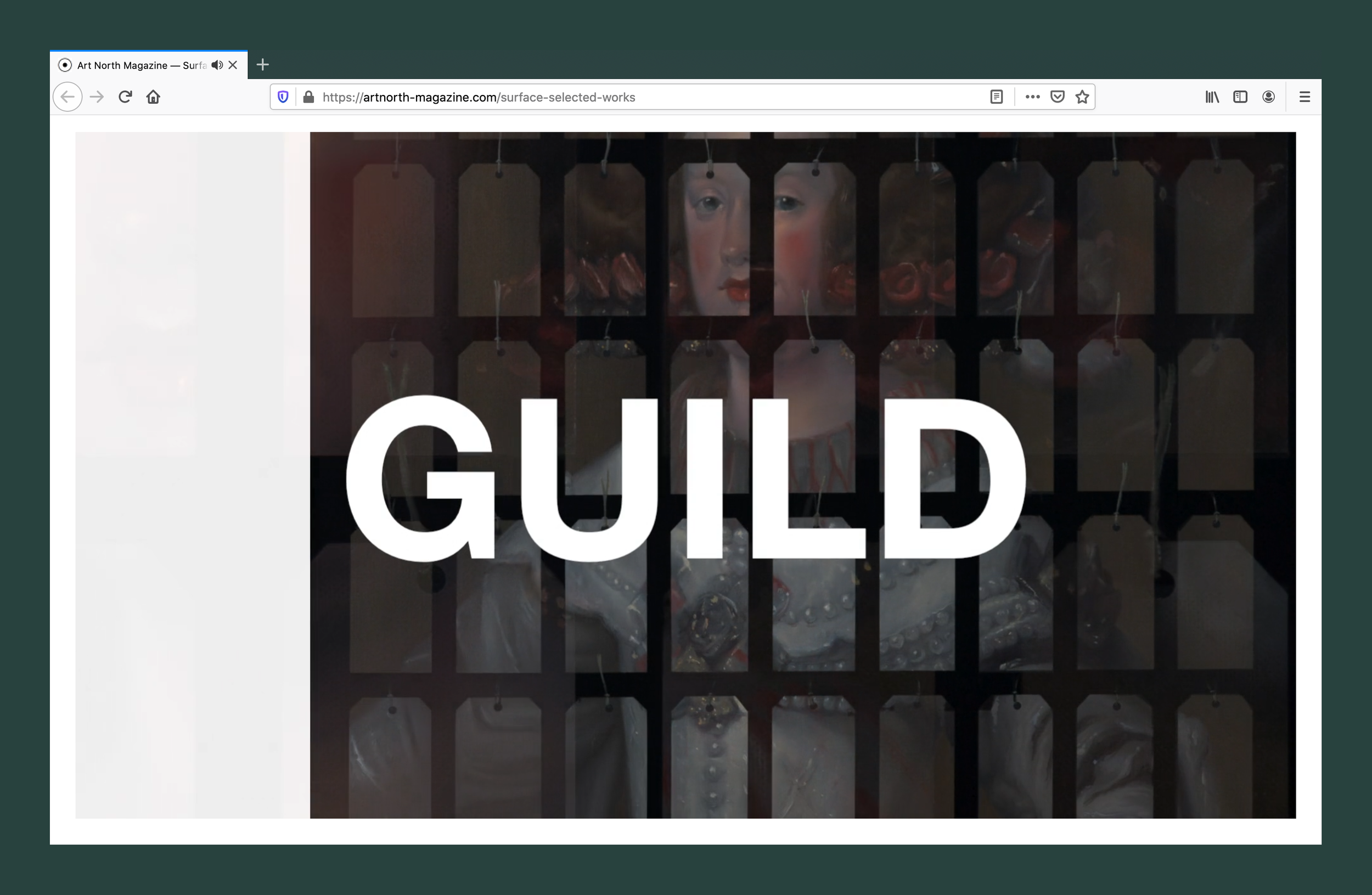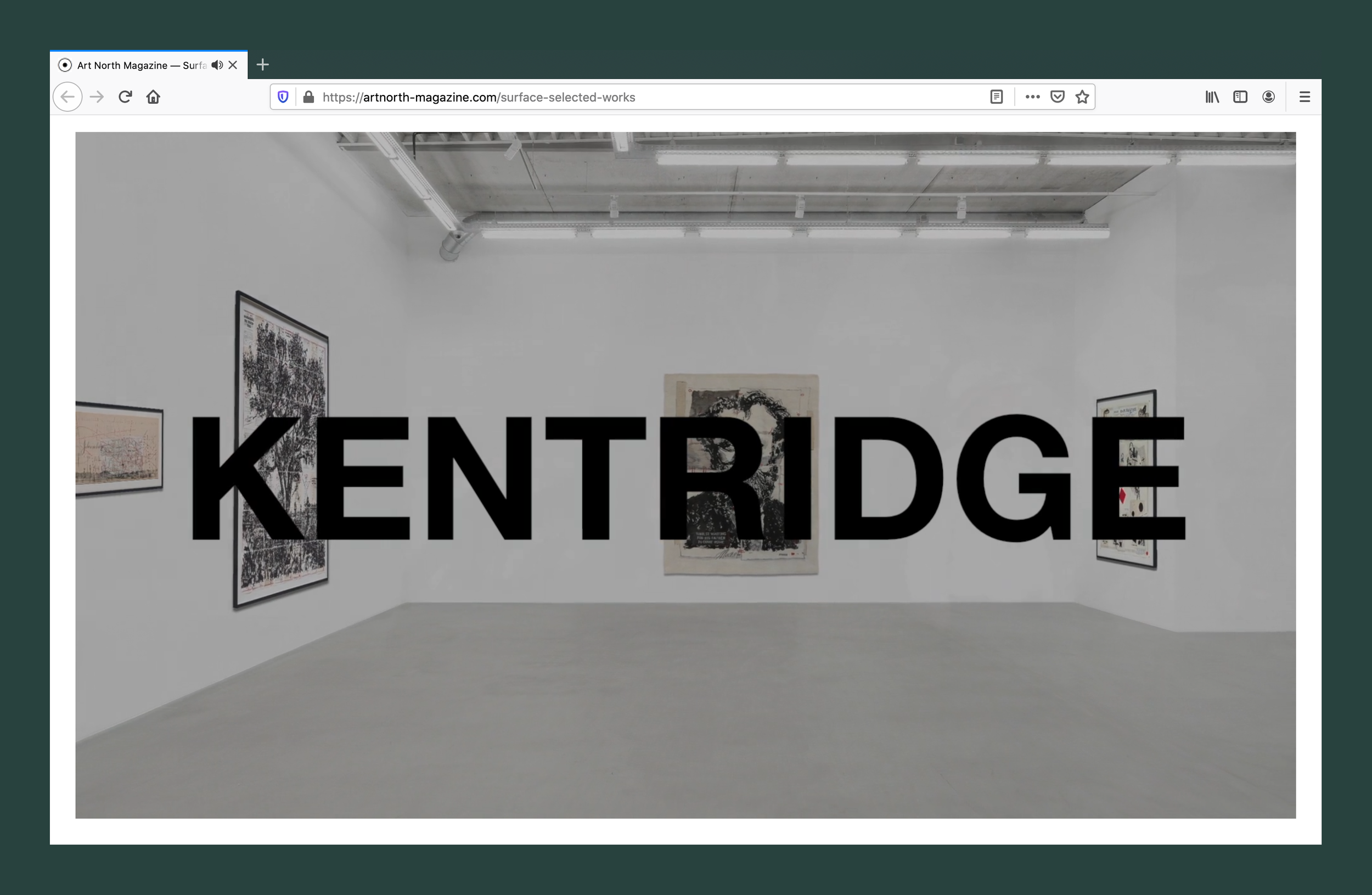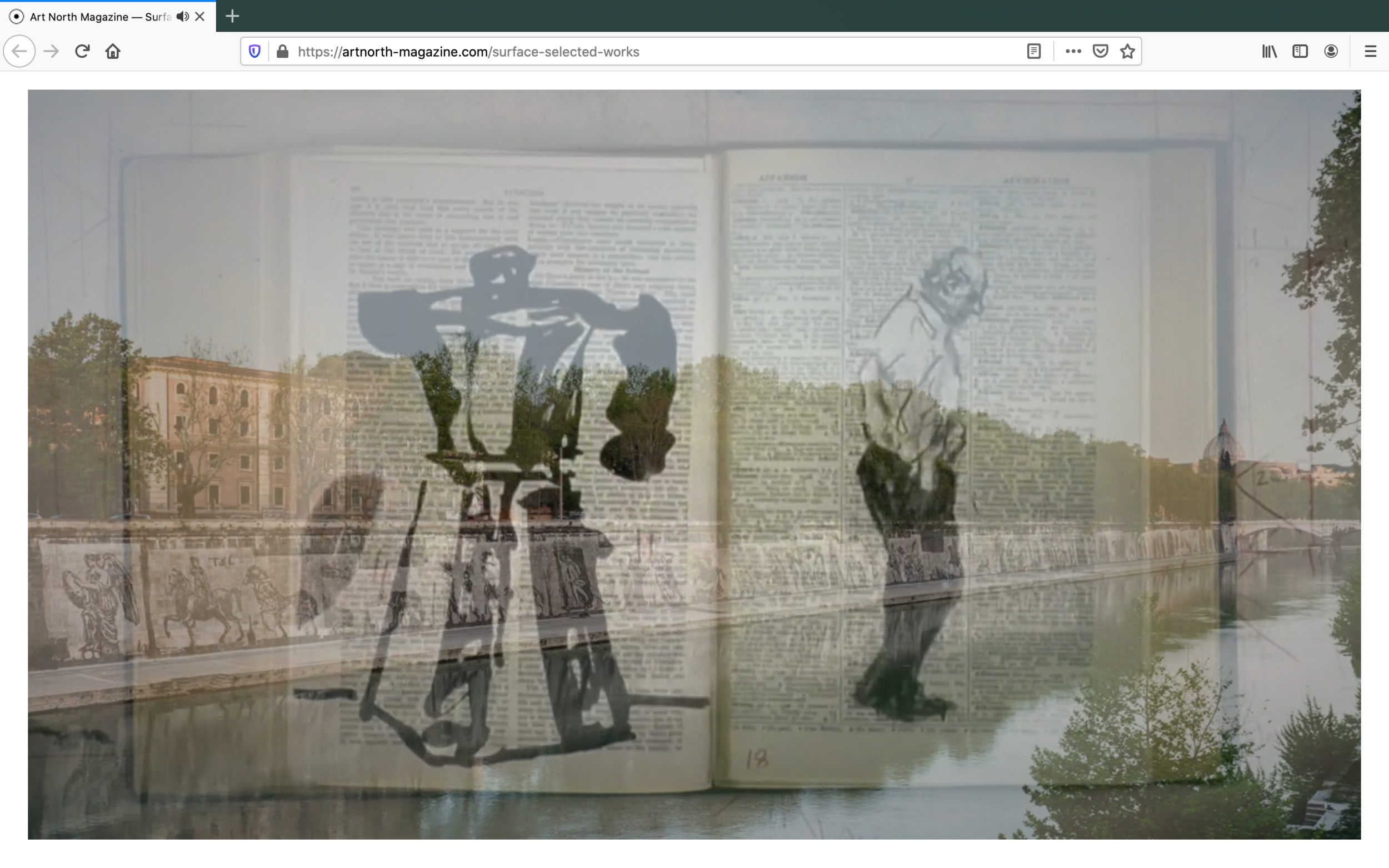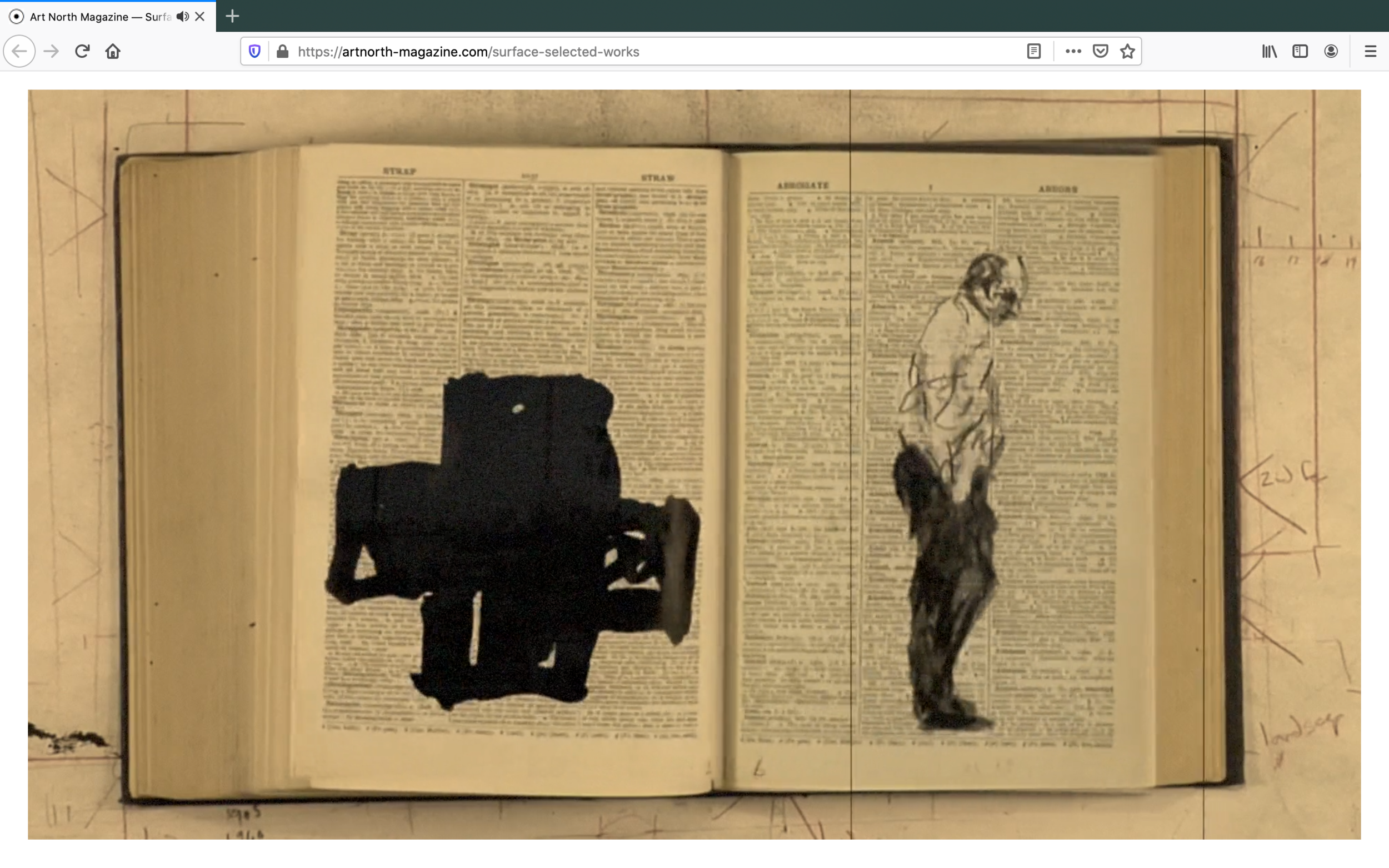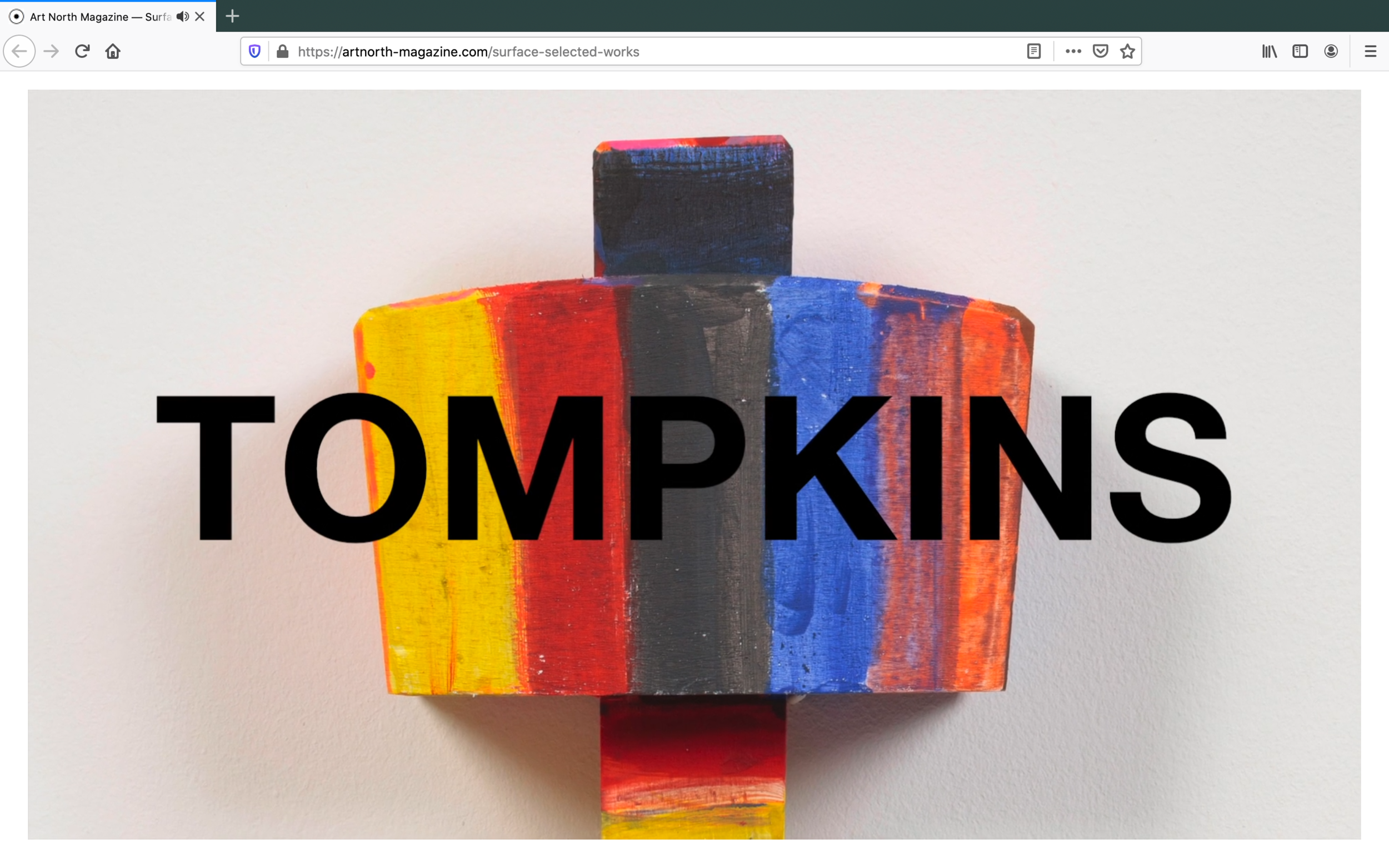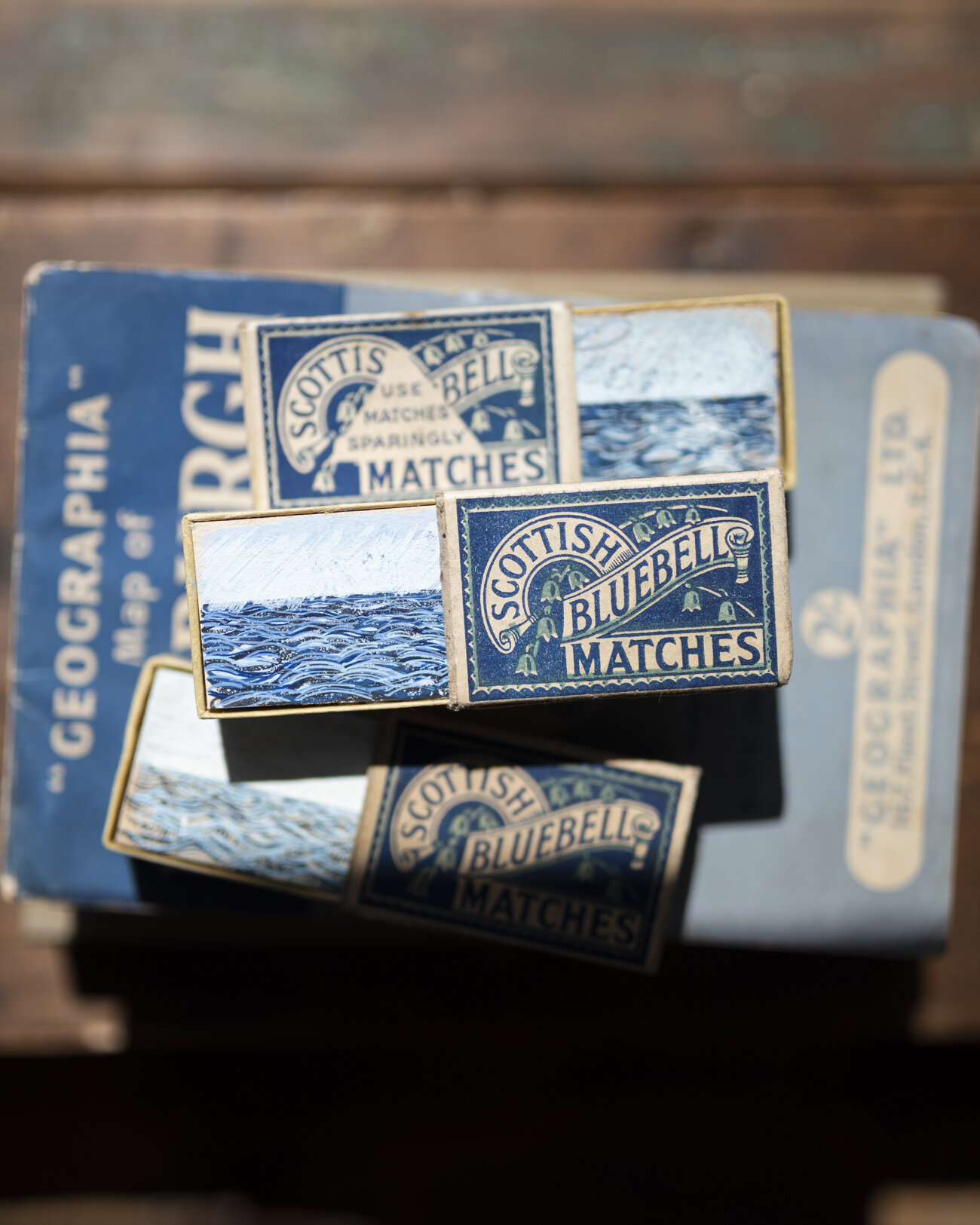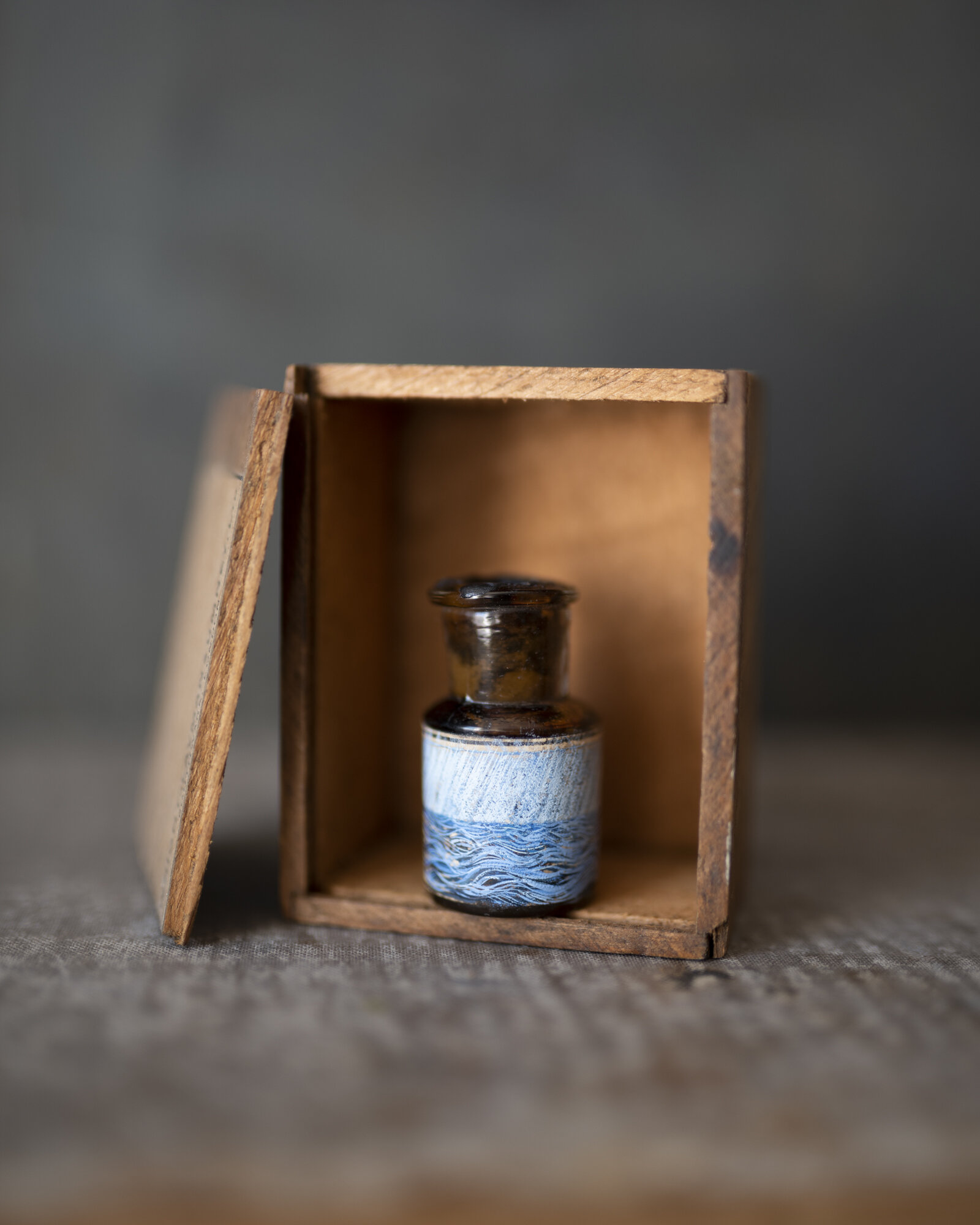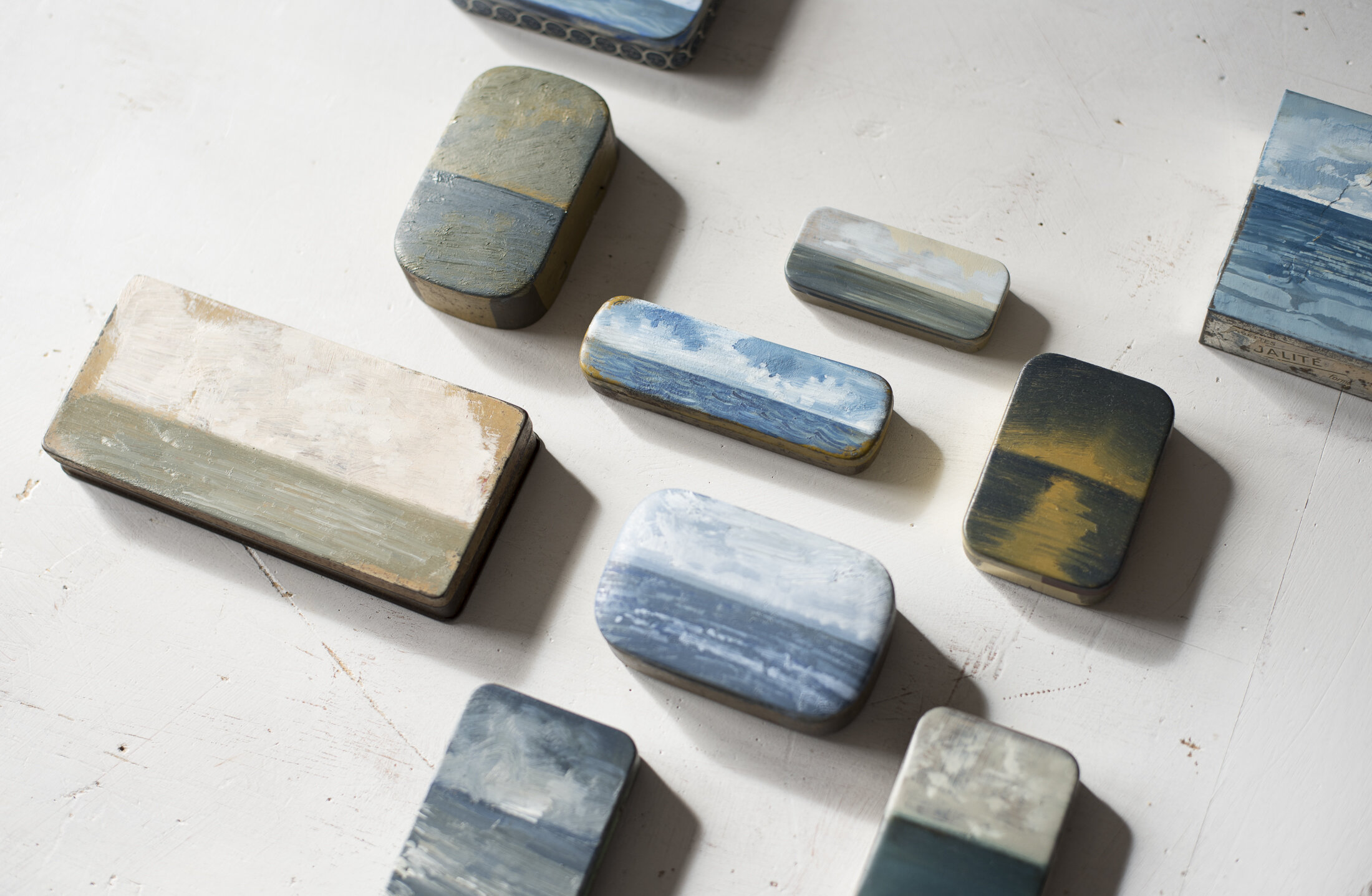In 2009 I first worked watercolour (gouache) onto wood. I didn’t know then, that this combination would come to define the following decade for me. Nor did I title that first work – it was simply listed as Untitled Seascape, which in hindsight seems redundant. Thus, my uneasy relationship with artwork titles began.
I’ve always been interested in words and in private moments I’ve always written. Over the last decade my artwork titles have been wide-ranging in tone: from prosaic titles which simply state the location illustrated – Aegina, 2018 – to more poetic titles referencing passing time and memory – Time Pulls, Time Pools, 2012.
Often, titles are important and bound to the artwork, but not always. My Rising Horizon series sees paintings titled for the heights of their horizon-lines, with the simple aim of inspiring discussion on the topic of sea-rise; my So Many Endings series speaks of both sustainability and my own personal response to closing one project and beginning another.
Having pursued my work with found objects for a considerable time, I realise that what’s most important to me asides from the physical artwork itself, is when an artwork was created, and where the surface came from – which isn’t necessarily the location illustrated.
In recent months I’ve only wanted to paint sea onto my finds, despite the fact – or maybe because of the fact – that I’ve hardly seen the sea this year. I focus heavily on the process of production, working in layers, from imagination; sometimes following woodgrain, creating rhythmic patterns that resemble waves but are probably better described as abstract. Slowly evolving over time, these processes have accompanied me wherever I’ve set up studio. The act of gathering objects is equally as important as the act of applying paint.
With this in mind, I’ve embarked upon a process of re-formatting titles, where appropriate. Each painting title going forward will follow the sequence: month & year; object used as surface; where surface was sourced; paint-type, size, status. Past Untitled works – as well as those which were titled for flea markets or as a description of the scene depicted – will be updated, too. Artworks previously listed in order – I, II, III – are now distinguishable by the clear listing of surface-type and date. These changes will not affect authenticity documents for works previously purchased: both myself and galleries have records of titles in their systems.
When I set out painting sea, I had no idea I’d explore the potential of the found-object to this extent. I had no idea how strong the pull would be to keep painting these scenes, but the possibilities are infinite. This new system of titling makes most sense to me, and places each painting within the context of the whole.
December 2009
Framed mirror · Prestonpans
Gouache · 45 x 50cm
Private collection




